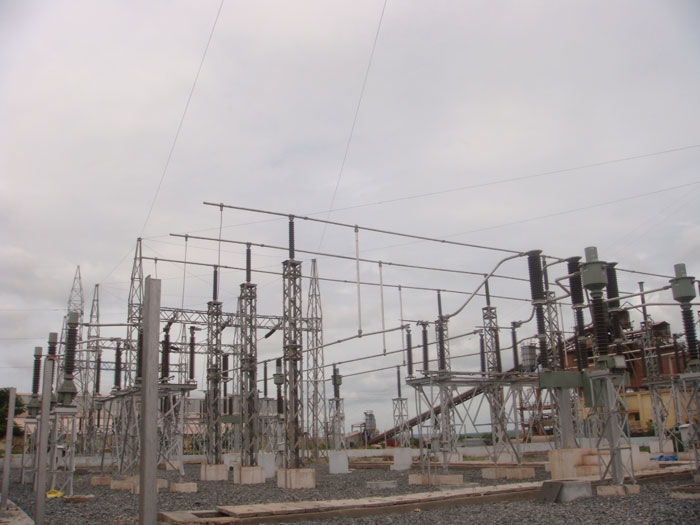The government has recorded significant achievement on the Integrated Power Development Scheme (IPDS), despite the implementation restrictions faced due to the COVID-induced lockdown, a government release said.
The release observed that over 90 per cent of the system strengthening works envisaged under IPDS saw physical progress during the year 2020, despite the lockdown restrictions.
Achievements in 2020
During 2020 (from January 1 to November 13), over 13,700 ckm of sub-transmission and distribution network was created. This included 9,811 ckm of aerial bunched/underground cables, nearly 2,800 ckm of high-tension overhead lines and over 1,100 ckm of low-tension lines (see table).
| Performance of IPDS: 2020 | ||
| (Achievement from January 1 to November 13) | ||
| Parameter | Units | Value |
| New Substations | nos | 79 |
| Augmented substations | nos | 99 |
| HT Overhead lines (33kV, 11kV) | ckm | 2,791 |
| LT Overhead lines (440V) | ckm | 1,120 |
| Aerial bunched/Underground cables | ckm | 9,811 |
| Distribution transformers | nos | 5,025 |
| Smart/prepaid energy meters | nos | 35,635 |
| Conventional energy meters | nos | 6,72,217 |
| Solar panels | kW | 2,996 |
| Source: PIB Release | ||
The said period also saw the setting up of 79 new substations and the augmentation of 99 others. The installation of over 5,000 distribution transformers was another achievement. In terms of energy meters, over 7 lakh energy meters were commissioned, which included 35,635 smart/prepaid meters. The remaining were conventional but digital meters.
IPDS also lays emphasis on green energy. To this effect, nearly 3 mw worth of solar panels were put up on government buildings and substations in the said period.
IPDS was approved on November 20, 2014 with a total outlay of Rs.32,612 crore which includes budgetary support of Rs 25,354 crore from the Central government. The main objectives of IPDS are:
- Strengthening of sub-transmission and distribution networks in the urban areas
- Metering of distribution transformers/feeders/consumers in the urban area
- IT enablement of distribution sector and strengthening of distribution network
It may be noted that the IT enablement of the power distribution sector was earlier part of the RAPDRP scheme, and was subsequently subsumed in IPDS.
Cumulative progress
The government release observed that under IPDS, up to November 13, 2020, system strengthening of sub-transmission and distribution network has been completed in 448 circles cumulatively covering over 3,000 towns.
In terms of physical infrastructure, the said period has seen the setting up of 927 new 33/11kV substations and the capacity augmentation of 1,500 existing ones. Besides, nearly 100 gas insulated switchgear (GIS) substations were under construction in various towns, as of November 13, 2020.
Over 33,000 ckm of new overhead lines have been charged for better power reliability, while more than 75,000 ckm of underground/aerial bunched cables have been put up with the objective of reducing commercial losses.
There have been around 56,000 new distribution transformers pressed into service that have improved power supply in towns. Besides, the number of smart meters (including prepaid meters) stood at 1.15 lakh, as of November 13, 2020.
As far as IT-related works go, all smaller towns in Andhra Pradesh, Telangana and Uttarakhand have been IT-enabled for improved consumer services etc. Under the older projects subsumed under IPDS, all 1,290 towns have been IT enabled, and SCADA systems have been completed in 57 towns.
Rural counterpart
While IPDS is largely an urban-oriented programme, its rural counterpart is Deendayal Upadhyaya Gram Jyoti Yojana (DDUGJY). This scheme was approved on November 20, 2014 with a total outlay of Rs.44,033 crore which includes budgetary support of Rs.33,453 crore from Government of India.
The objectives of scheme are: separation of agriculture and non-agriculture feeders; strengthening of sub-transmission and distribution networks in the rural areas; metering of distribution transformers/feeders/consumers in rural areas.
It may also be noted that the component of rural electrification approved in August, 2013 in the form of Rajiv Gandhi Grameen Vidyutikaran Yojana (RGGVY), for XII and XIII Plan periods, got subsumed in DDUGJY.

